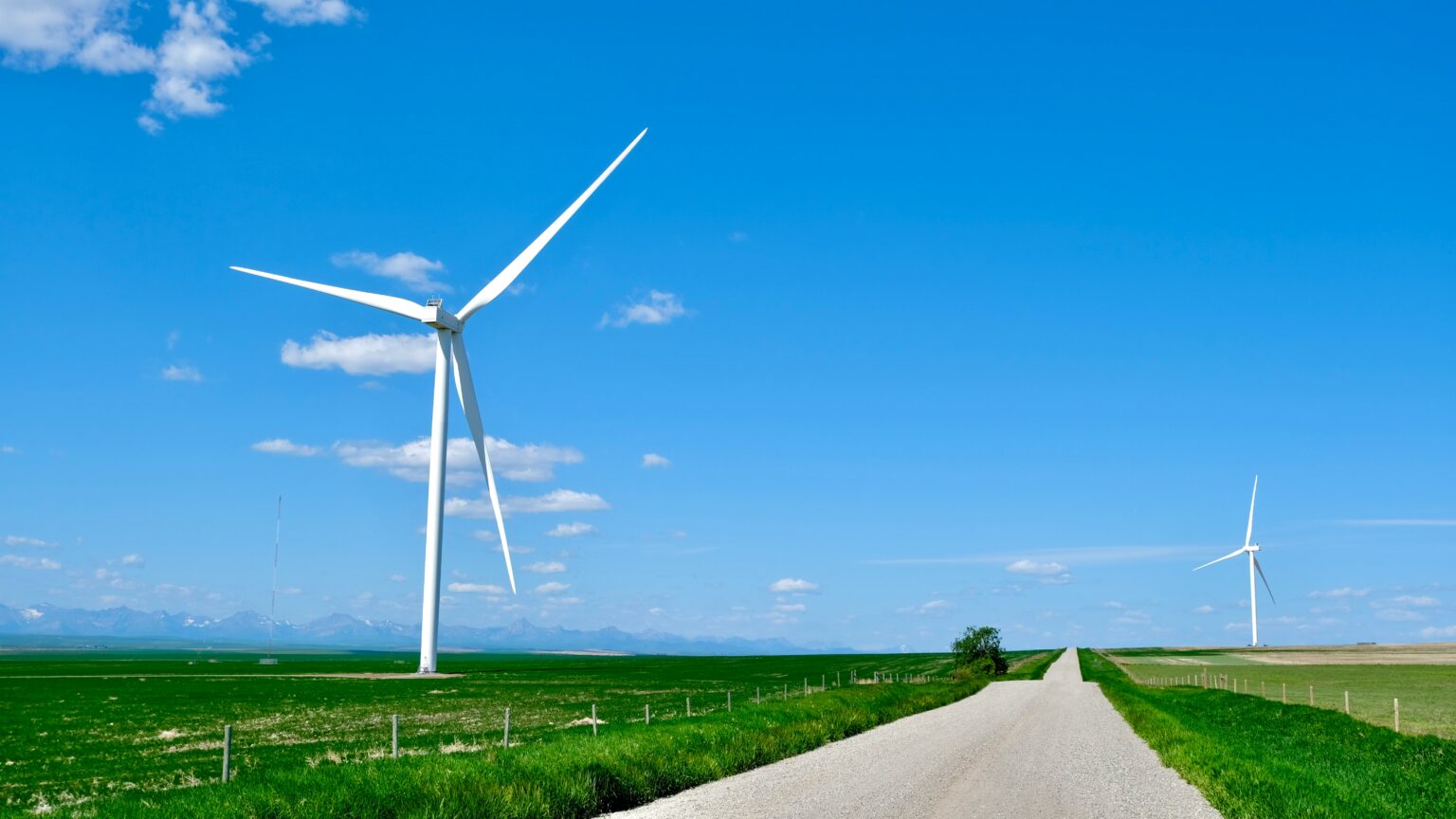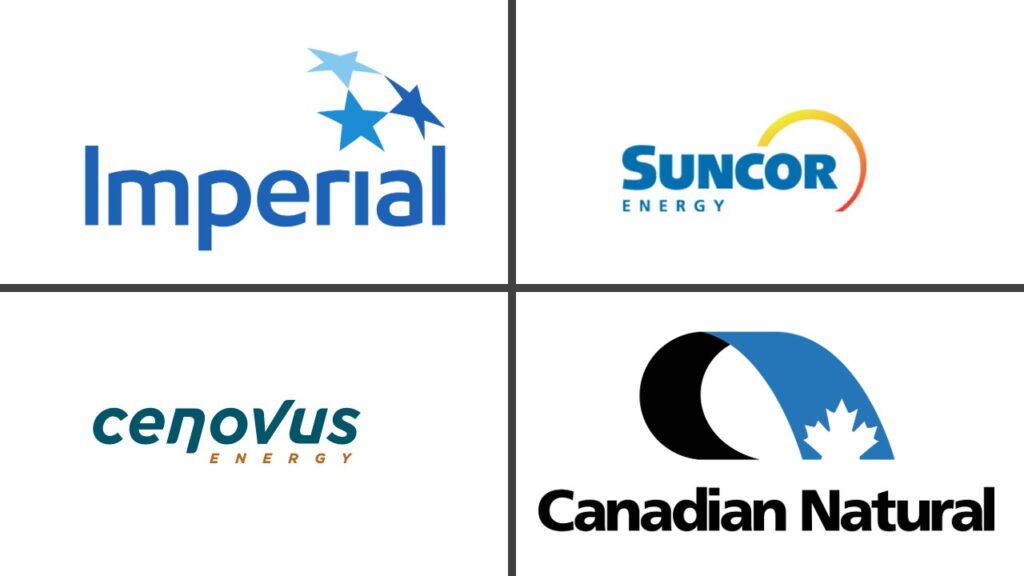Close observers of Alberta politics might be forgiven for wondering if official announcements are actual attempts at public policy, or performative trolling on behalf of the oil patch. Case in point is the latest kneecapping of the province’s once-booming renewable energy sector by imposing what might be the most onerous reclamation requirements of any jurisdiction in the world.
On June 4, the Alberta Utilities Commission released their Code of Practice for Solar and Wind Renewable Energy Operations, based on a review ordered by the Minister of Affordability and Utilities two years ago. A report by the Business Renewables Centre found that these new reclamation rules are the most burdensome requirements among any of the 27 other jurisdictions they surveyed within Canada, the U.S. and five other countries around the world.
“Plentiful wind and solar power are magnets to the companies that could build Alberta’s future economy,” said BRC director Jordan Dye. “But developers can’t and won’t build clean energy in provinces or territories where the cost of doing business is prohibitive.”
Ensuring the taxpayer is not holding the bag for an expensive industrial mess is of course sensible policy. However, the stark contrast in how Alberta treats the relatively puny reclamation risks from the renewable energy sector compared to the vast unfunded liabilities from the oil patch is so brazen it almost qualifies as political performance art.
Polluters pay $1
The new clean energy requirements demand the highest percentage of security upfront of any province, state or country that the BRC looked at and do not deduct any salvage value from the required reclamation bond. The Alberta government takes exactly the opposite approach to oil, gas and bitumen liabilities, where companies are only required to post reclamation bonds at the end of a project’s projected economic viability. What could possibly go wrong?
The official estimate of outstanding liabilities for bitumen mines alone stands at $57.3 billion. Only 3 percent of this amount is currently covered by the Mine Financial Security Program (MFSP) meant to protect Albertans from footing the bill for mine clean-up costs that have doubled from an estimated $28 billion in 2018.
Oil sands operators have contributed only a single dollar to the MFSP since 2010 under rules that do not require them to make additional deposits until they have 15 years of profitable bitumen reserves remaining. The Alberta government recently reiterated this policy gift to the highly profitable oil patch despite ballooning risks to the taxpayer if bitumen businesses go bust due to the accelerating energy transition.
Oil and gas companies are also allowed to estimate their own liabilities so the actual amounts of unsecured risks are likely much higher. An internal presentation from the Alberta Energy Regulator in 2018 suggested the true amount may exceed $260 billion, or about $160,000 per Alberta household.
Winners and losers
The new clean energy requirements are just the latest indignity imposed on the previously thriving renewable energy sector in Alberta. An abrupt seven-month moratorium on new wind and solar installations in 2023 was followed by land-use restrictions that excluded 70,000 square kilometers of some of the best wind generation sites in Canada. “Our government will not apologize for putting Albertans ahead of corporate interests,” deadpanned Alberta Utilities Minister Nathan Neudorf at the time.
If the intent of these policies was to drive the wind and solar industries away from Alberta, they have been a resounding success. Alberta went from attracting three quarters of renewable investments in Canada in 2022, to seeing the cancellation of 53 wind and solar projects totaling 8.6 gigawatts of lost generating capacity just two years later. The onerous new policies will only accelerate this exodus of green investments from the province.
Back in the real world, clean energy investments are on track to reach $3.3 trillion in 2025 — more than double the amount going into the waning fossil fuel industry. A new report shows that wind and solar projects are the cheapest and fastest sources of energy generation in the U.S. Likewise, long term costs of grid scale energy storage continues to decline due to improving technology and expanding battery supply. Yet Alberta appears to be trying to drive the provincial economy while looking in the rear-view mirror.
Prime Minister Mark Carney should take note of Premier Danielle Smith’s demonstrable hostility towards the burgeoning clean technology sector as he prioritizes projects deemed to be in the national interest, including those “contributing to clean growth and to meeting Canada’s climate objectives.”
Smith claims to be a champion of the free market. So why is she using the blunt instrument of government to pick winners and losers in the energy marketplace? When it comes to attracting energy investments, the oil patch is apparently the only sector that matters to Alberta policymakers.
Subscribe to our newsletter
Stay up to date with DeSmog news and alerts






